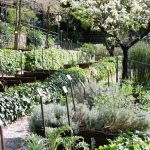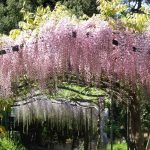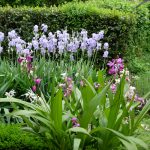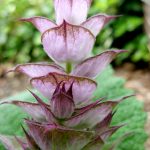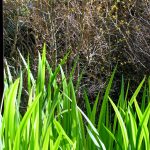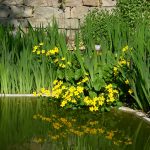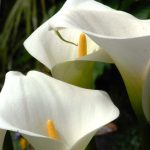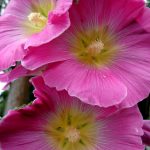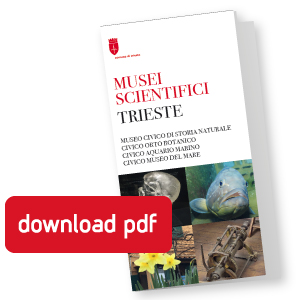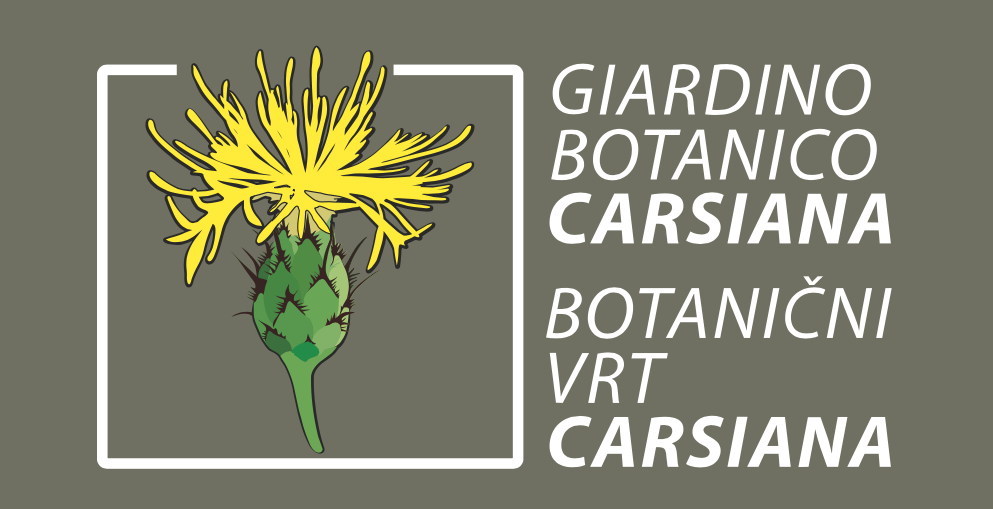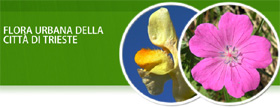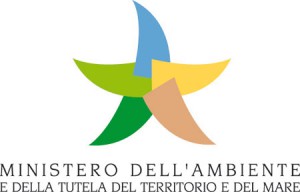
The Botanical Gardens are the property of the Municipality of Trieste and a part of the Civic Scientific Museums. The layout of the gardens, as depicted in the map, includes various areas. Associated with the gardens is a natural reserve comprising the Biasoletto wood and the Farneto wood (for a total of 90 ha).
The Botanical Gardens publishes the Index Seminum, where each year the species for which seeds are offered are listed, complete with all of the collection data. The list is sent to most of the other botanical gardens throughout the world as part of a free exchange between scientific institutes. Already a linchpin in the relationship between scientific research and environmental conservation, botanical gardens have also become a centre for teaching and recreation. The aim of the gardens is to satisfy the needs of both advanced scientific research and a new environmental awareness, so as to develop activities of a cultural nature for an increasingly broader section of the public.
As well as the research and systematic classification performed, botanical gardens have taken on the role of the conservation, cultivation and reproduction of officinal plants, plants for textile production and foodstuffs, local horticultural varieties, spontaneous and endemic flora of the region and surrounding areas, aquatic and palustrine plants, succulent plants.
For this reason botanical gardens may be seen as an island, albeit artificial, of floristic diversity which plays a strategic part in the conservation of biodiversity, and therefore in the survival of mankind itself.
When the gardens are integrated into the daily life of the citizens, as is the case in Trieste, they are no longer a facility for the exclusive use of botanists, but rather open to a much broader public intent on enriching its own culture, or perhaps escaping from a polluted and alienating urban environment.


